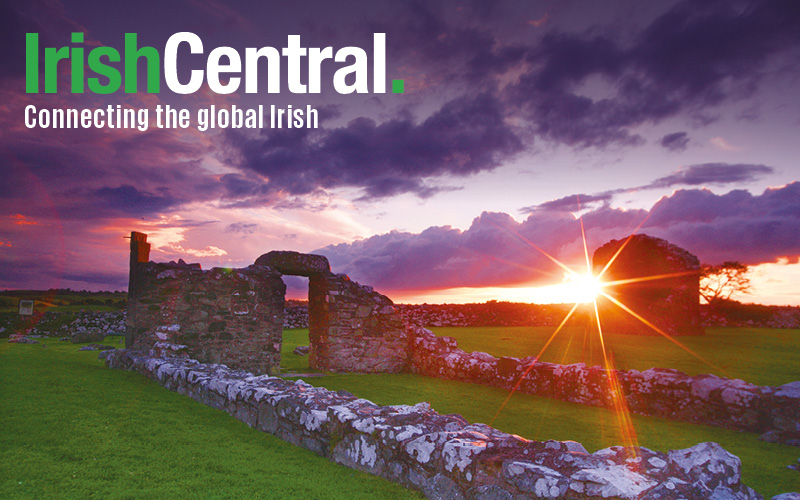In Northern Ireland fun isn't the first aim of a bonfire or a parade. The traditional loyalist bonfires of July 11th have no pagan links to the passing seasons or the local deities or celebrations. Instead they are the echoes of fires lit during military campaigns around the Battle of the Boyne.
They are followed by the Orange marches on the 12th that demand, like the flying of the Confederate flag in the faces of African Americans, that the humiliation of Taigs, ie Catholics, will continue as a ritual into another generation.
This week there were Confederate flags and Nazi flags flying in Loyalist neighborhoods. It is hard to defend the indefensible, yet they continue to do so. The Lambeg drum was invented to drum fear into Catholic neighborhoods as they marched through. They succeeded until Catholics finally stood up at places like Drumcree and Ardoyne and said no more.
So the 11th night bonfires and the marches have always existed to celebrate victory on one side and defeat the the other. The flags that are raised cheer the winning side and intimidate the losing one. The songs that are sung cheer the winners and blast the losers. They draw political lines between worlds, they do not magically dissolve them.
At heart it's a military reenactment where the result is always a victory for one side and a defeat for the other. The 11th night bonfires and the following day’s parades give voice as they take it away.
Feeling that they live under a siege that has never lifted, many loyalists see an echo of their own battered resolve in those purifying 11th night blazes and 12the marches. To underline this point they often burn Irish flags and effigies as a way of purging fears that are both conscious and unconscious.
Defenders of the tradition have always tried to limit these bonfires and marches meaning and message as a bit of community fun, but critics try to emphasize their sinister warnings.
There is no question that for decades the 11th night bonfire and 12th marches was a significant ritual purge and celebration. It said who the loyalist community were and perhaps more importantly it said who they were not. For a long time, for decades in fact, it was an unbroken tradition that united them.
In more recent years that longstanding unity has begun to fray at the edges. What had once been a defiant show of triumphalism is nowadays looking more and more like a defensive crouch, particularly to the outside world that increasingly considers the tradition anachronistic and hostile.
If Confederate flags, longtime symbols of intolerance, can be taken down and removed in the United States in 2015 why can't we see the end of bonfires filled with Irish flags and human effigies and dire warnings, not to mention marches through Catholic neighborhoods critics ask?
The truth is the tradition of loyalist bonfires and triumphal marches is under assault now, but not by nationalists, instead its by modernity. Pluralism, multiculturalism, global markets, LGBT rights, all the myriad diverse and diversifying influences of the modern age make this old time tradition look increasingly untenable.
Loyalists drew international outrage this week for hoisting Confederate flags, Nazi Swastikas, and Israeli flags on their estates (strange bedfellows that show their universe and their politics is contracting, not expanding).
The danger of inflexibility is equal to the strength that is drawn from it. When it works it works well, but when it stops working it can buckle with astonishing speed, as we saw across the Southern states this week.
The lesson for Northern Ireland from the United States is clear. Celebrating your history in a country where it is not shared can quickly consign you to the scrapheap of history.




Comments